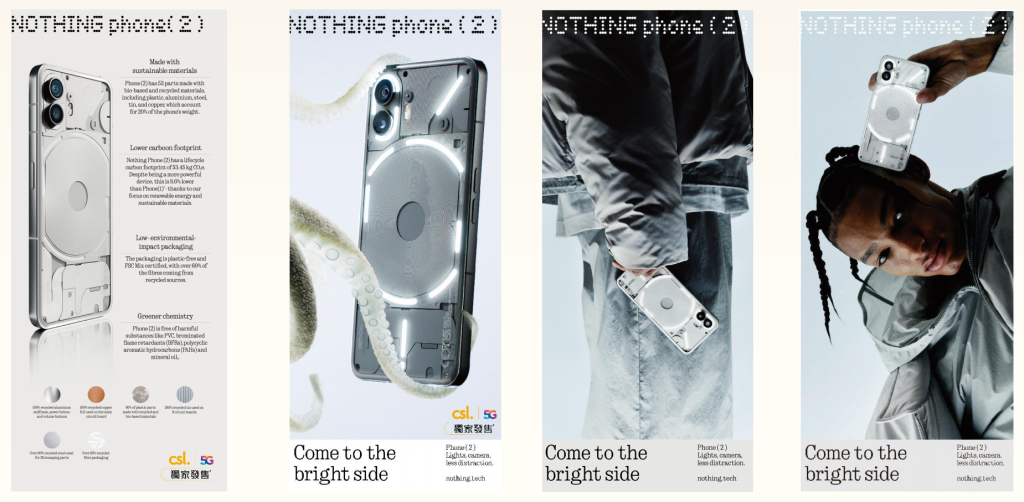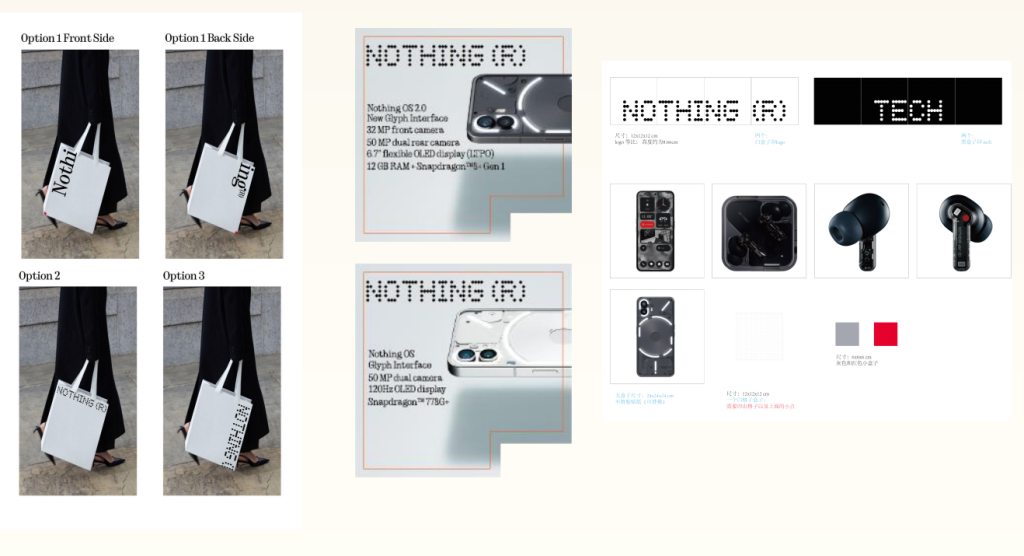During the summer, I had the opportunity to work as an intern in the role of a Visual Designer. My responsibilities included creating promotional posters, designing event pages, image processing, product updates, promotional graphics, and banner designs for the company. This firm primarily specializes in electronic products, with its headquarters in London, while I interned at its subsidiary in China.
At the outset, I had certain expectations about this role, thinking it would provide a platform for me to express my creativity and aesthetic sensibilities. For instance, I believed that crafting posters would allow me to infuse my ideas into the design. However, it soon became apparent that every company or brand had its meticulously defined brand book. I was required to adhere to the company’s prescribed fonts, images, and templates for layout design, which left me feeling somewhat constrained and less enthusiastic.


My mentor, who had previously worked for leading corporations in the physical product industry, including Vivo and Midea, shed light on the dynamics of the design profession during an interview. She informed me that a typical project involved over twenty employees, which sometimes resulted in lower efficiency. Design work often underwent multiple layers of review, with different leaders providing feedback and requirements that could even be contradictory. Moreover, these leaders might not always communicate their expectations clearly, leaving designers in a state of uncertainty. Consequently, most of the time, designers needed to work overtime until late in the evening, and during particularly busy periods, they had to stay as late as 2 AM. Remarkably, all this overtime work was without any additional compensation.
My city is home to numerous major corporations, with the likes of TikTok and Tencent headquartered in Shenzhen. Initially, I had an intense desire to work for these enterprises, attracted by the promise of high salaries and prestige. However, I’ve come to realize that entering such companies often relegates you to the role of a small cog in a large machine. Unless you excel exceptionally or gain years of experience to become a decision-maker, your artistic aspirations tend to erode amidst the repetitive, mechanical workday.
Nonetheless, my supervisor believes that young professionals should spend a few years working in large corporations to experience a high-intensity work environment, accumulate some wealth, and then consider how to progress further. Some of my colleagues with several years of work experience have chosen to study abroad or transition to decision-making roles in startups.
I find that the current role is suitable for me, but I also acknowledge that it’s not a lifelong career. During my internship, I gained valuable insights into various aspects of the design field. I learned how to design products according to specific requirements, improve communication with clients, and even how to supervise the production of product peripherals in factories. These experiences provided me with knowledge beyond what textbooks could offer. Even if my ultimate goal is to start my own brand or establish a design business, I recognize the importance of learning how a company operates and realizing that design skills alone are far from sufficient.